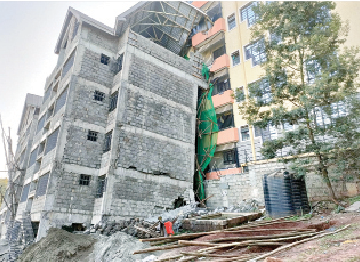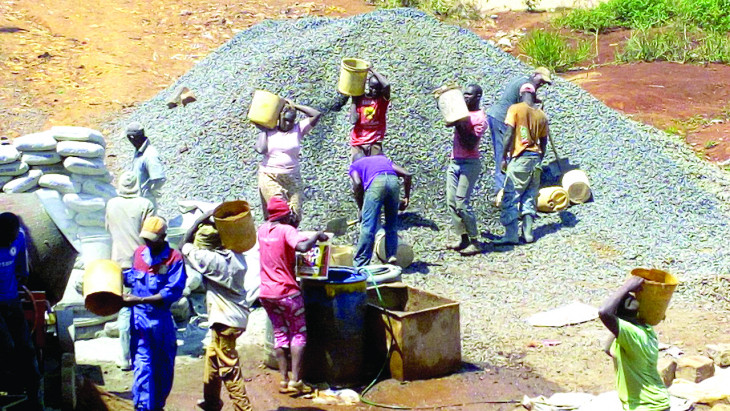Kenya’s construction boom hinders the push to net-zero

Kenya’s construction industry remains climate-unfriendly, despite attempts to enforce green building codes and guidelines that favour low carbon on new structures, a new sector report has found.
The 2022 Sector Score Cards analysis by accounting firm KPMG says rising population growth, and growing demand for residential and commercial buildings among other factors, shine the spotlight on the built environment accused of discharging more carbon emissions than most sectors.
“Buildings are one of the defining features of cities and as urbanisation intensifies emissions are expected to continue to rise if the transition to net zero is not accelerated,” warned the KPMG report drafters, urging for example, that green roofing should be deepened among developers if the industry is to help keep global warming below 1.5 degrees Celsius, as set out by the UN.
This goal was set out 7 years ago at the climate change global summit in Paris, commonly known as the Paris Agreement of 2015 to address the adverse impacts of climate change and global warming.
It ranked the built environment among the highest-emitting industries, emitting more than electricity production, shipping, and aviation.
The KPMG report places Nairobi as one of many cities in the world lagging behind in achieving this target, despite having various codes of practice, that conform to current construction standards.
Reducing carbon footprint
A green building typically refers to structures that are environmentally responsible and resource-efficient throughout a building’s life cycle from planning to design, construction, operation, maintenance, renovation, and demolition and are capable of reducing carbon footprint through more efficient energy systems that reduce energy consumption.
Gradually, a host of buildings in Nairobi and other cities are conforming to such requirements with structures capable of generating their own electricity using renewable energy technologies such as wind, solar, micro-hydro, or geothermal energy.
To meet net-zero emissions targets by 2050, a McKinsey & Company study dubbed: Accelerating green growth in the built environment, suggests that sector players will need to triple the pace at which they decarbonise compared with the past 30 years.
In its analysis, the firm found that over the life cycle of a typical building, 76 per cent of emissions come from operations and, the remaining 24 per cent from the processing of raw materials used for and construction of new builds.
“Some of these pathways, such as switching to renewable sources of energy for heating systems, have significant potential for reducing emissions, while others, such as reducing waste and improving circularity, are likely to mitigate a smaller proportion of emissions,” recommends the study.
Previous attempts have seen the State come close to revising the decades-old Building Code in an effort to identify and review barriers to the current building regulations, including legal and institutional challenges, with a framework proposal to achieve a climate-friendly, safe, and healthy built environment.
However, the revised new version of the Draft National Building Regulations (National Building Code) 2020 by the National Construction Authority (NCA) – the industry’s watchdog, hasn’t lived up to expectations in imposing ‘green structures’ as well as holding to account developers answerable for poorly constructed buildings that continue to claim lives upon collapse.













